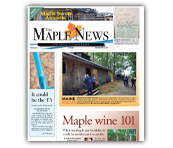BACK TO HOME
UVM Proctor Page

Effective marketing strategies for sugarmakers
Zac Smith, UVM Ext. | November 26, 2024
BERLIN, Vt.—Maple producers need a comprehensive marketing approach that blends traditional methods with digital strategies.
This integrated approach enhances brand visibility, engages customers, drives sales, and builds a loyal community.
By focusing on five key areas, maple businesses can create a sustainable brand that resonates with consumers and stands out in the marketplace.
Let’s start with branding. A strong brand identity is the foundation of successful marketing.
For maple producers, this goes beyond creating a logo or website. It's about developing a narrative that captures the essence of your products – their quality, tradition, and sustainability.
This story should be consistently reflected across all platforms and materials, from product packaging and promotional materials to your website and social media profiles. [ MORE ]

Syrup yields not equal across all operation sizes
Mark Isselhardt, University of Vermont Extension Maple Specialist/Maple Program Leader | October 2, 2024
MORRISVILLE, Vt.—The USDA Census of Agriculture was published last winter. Many interesting trends were seen in the data.
Maple production numbers in the 2022 Census tally saw the total number of U.S. taps rise to 17,970,611; a 21% jump from the 2017 Census of 14,864,604.
The largest gains in taps were found in the largest sized operations (>10,000 taps) which saw 2.6 million new taps compared to 2017.
This significant growth was contrasted by little apparent change in the total number of maple operations between 2017-2022.
In 2017 there were a total of 9,462 operations reporting maple production.
This number grew by 104 (1%) over the 2017-2022 timeframe.
The yield of syrup (gallons of syrup/tap) is a metric that producers will use when deciding on whether to make investments in sap collection technology. [ MORE ]

UVM names new director of Proctor Maple Research Center
Peter Gregg | July 17, 2024
UNDERHILL CENTER, Vt.—Dr. Tim Rademacher has been named the new director of University of Vermont’s Proctor Maple Research Center, taking over from longtime director Dr. Timothy Perkins, who retired last year.
Rademacher will assume duties at Proctor this fall, overseeing research projects and managing permanent staffers and student researchers. Proctor is the 300-acre field research station of the Department of Plant Biology at the University of Vermont.
Born in Germany, Rademacher’s did both his undergraduate and doctoral work at Cambridge University in England and post-doctoral work at Harvard University in the university's research forest in Petersham, Massachusetts.
For the last year and half he has been permanent researcher in forest ecophysiology and sustainable development at Centre ACER. He also was an associate professor at the University of Quebec in Outaouais. [ MORE ]
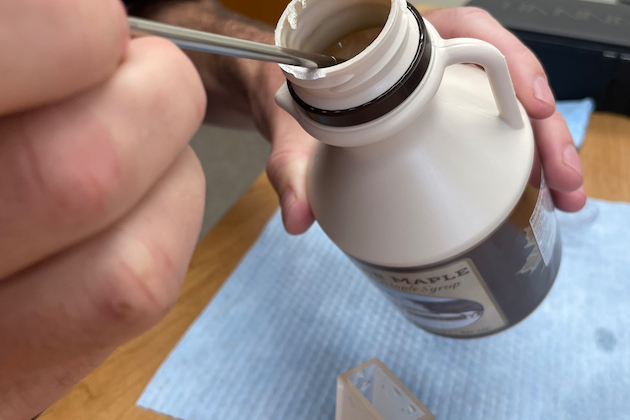
Online syrup orders fail for quality
Peter Gregg | February 14, 2024
MORRISVILLE, Vt.—Onlne maple syrup orders continue to have quality issues, according to Vermont researchers.
“We saw twice as many flavor problems this year,” said UVM Extension maple specialist Mark Cannella, who along with UVM Extension maple specialist Mark Isselhardt, conducted an anonymous survey of online syrup purchases this summer, repeating a study they conducted in 2021.
Not much has changed.
The researches purchased online 91 samples each of Golden and Dark syrups from 30 different producers in nine different states, including Vermont, New York, New Hampshire, Michigan and Connecticut.
Samples were tested for clarity, color, density and flavor.
Three pints of each grade were bought in July and the testing was conducted in early August.
“The dark syrups had a much higher rate of off flavor” Cannella said, during a presentation sponsored by the Vermont Maple Sugar Makers Association on Dec. 6. [ MORE ]
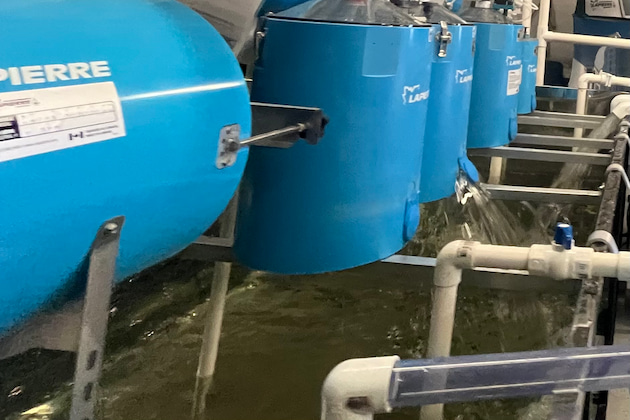
Quick tips to achieve higher sap yield
Dr. Timothy Perkins, Director, UVM Proctor Maple Research Center | January 22, 2024
UNDERHILL Ctr., Vt.—Increasing the yield of sap from maple trees is the goal of most maple producers.
While getting there isn’t a matter of one simple thing, by following best management practices and paying attention to detail it is possible to increase sap yields, often quite dramatically.
Tubing System Design and Installation – To achieve good vacuum and sap transfer in tubing systems, producers should design and size their systems for peak flows.
Undersized mainline or systems installed without adequate slope or with sags will not perform well.
Optimal mainline installations have 2-4% slopes with lateral lines running uphill from mainline. Even small sags will impact air and gas flow negatively.
Lateral lines should follow the “strive for 5, no more than 10” taps per 5/16” lateral line recommendation. [ MORE ]
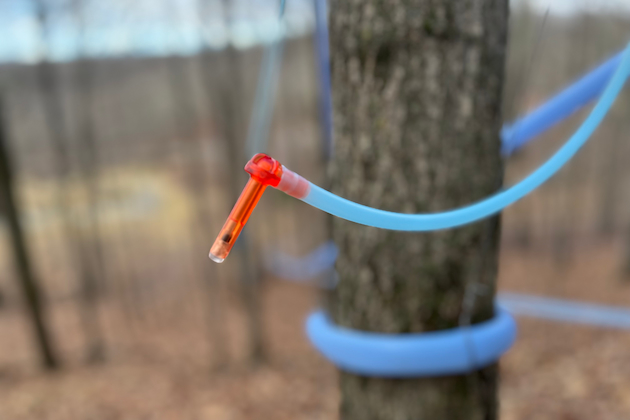
Spout deployment: Late fall, early winter, late winter?
By TIMOTHY D. PERKINS and WADE T. BOSLEY | December 20, 2023
UNDERHILL CENTER, Vt.—The influence of spout and dropline sanitation practices on sap yield has been widely studied over the past 15 yrs.
There are a wide variety of methods to achieving good sanitation in tubing systems.
The choice of which approach to utilize largely comes down to producer goals, economics, and personal choice.
In the United States, sanitation is largely achieved through the annual replacement of spouts (with regular or check- valve spouts).
This replacement approach is also employed by some producers in Canada, but is less common due to the wide- spread use of isopropyl alcohol, which is not permitted as a sanitizing agent in maple tubing systems in the U.S.
What is less well understood is the effect that other associated practices sometimes employed in the replacement strategy has on sap yield.
At the Proctor Center, Perkins, van den Berg and Bosley demonstrated that sap production is not significantly different when new spouts are deployed in the field in the late-fall preceding sugaring season, in January before the season, or during tapping time. [ MORE ]
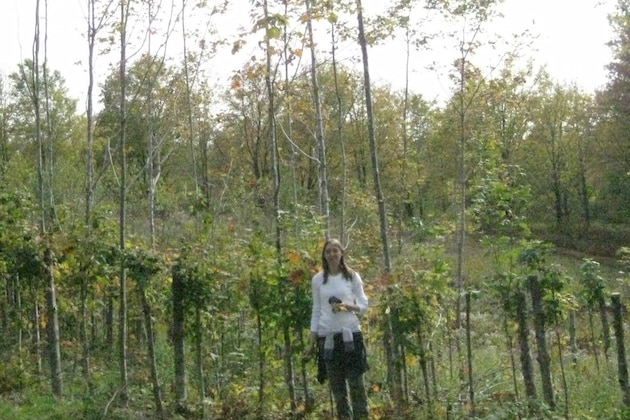
Whatever happened to the 'sap cap' experiment?
Peter Gregg | December 5, 2023
UNDERHILL CTR., Vt.—Whatever happened to the sap cap experiment?
That is a common question asked about the program at the UVM Proctor Maple Research Center which studied the feasibility of collecting sap from saplings.
UVM researchers found that either a plantation of saplings or groups of young trees in a sugarbush needing to be thinned were appropriate to collect sap with this approach.
The problem? The method didn't catch on with equipment manufacturers. [ MORE ]

Sugarmakers are urged to focus on quality, especially for fair contests
Peter Gregg | July 11, 2023
BUCKLAND, Mass.—Sugarmakers are urged to focus on quality, and double check your syrup for fair contest entries.
“Quality sometimes takes a backseat to overall production,” said Mark Isselhardt, UVM Extension Maple Specialist and the guest speaker at the Massachusetts Maple Producers Association annual meeting.
Isselhardt, who is a frequent syrup tasting judge at various contests, made a point about the disqualification rates for entries.
He said at some recent judging contests there was a 62 percent rejection rate.
At the Chittenden County Fair in Vermont, 15 entries were rejected out of 24.
At the Vermont Maple Festival in St. Albans last year, Vt. 45 entries were rejected out of 91. [ MORE ]






























